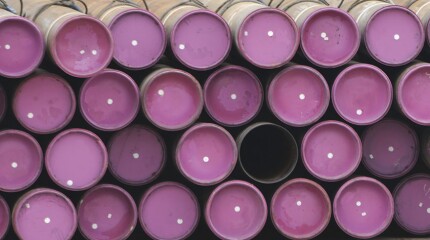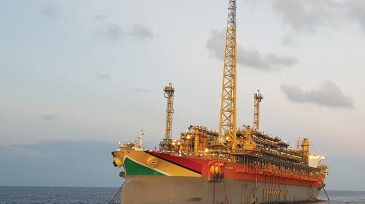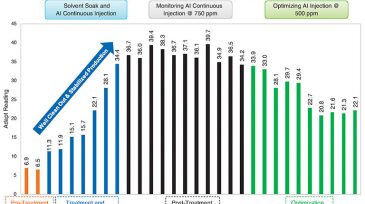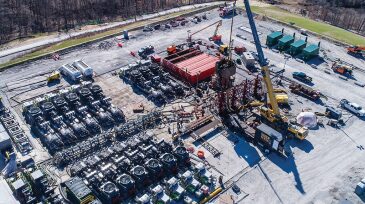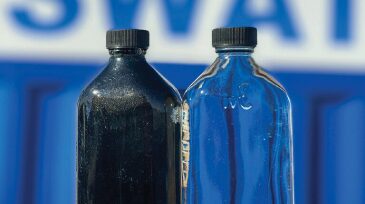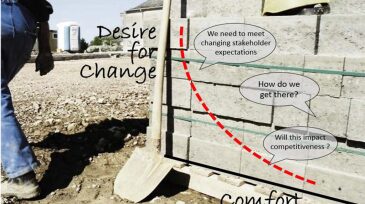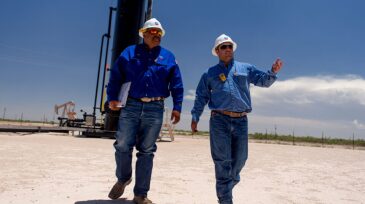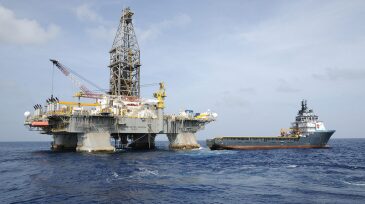Monthly Features
-
Oil and gas experts encourage human/AI partnerships that can “supercharge” capabilities to create competitive advantages.
-
The US supermajor is using one of its lowest-value hydrocarbon products to generate double-digit production increases in its most prolific US asset.
-
This article is the fourth in a Q&A series from the SPE Research and Development Technical Section focusing on emerging energy technologies. In this piece, David Reid, the CTO and CMO for NOV, discusses the evolution and current state of automated drilling systems.
-
Casing deformation has emerged as a major challenge in China’s unconventional oil and gas fields, prompting the development of new solutions to address the issue.
-
The use of real-time wireless downhole pressure gauges proved a valuable alternative to workover operations in two onshore fields in Iraq.
-
Bad vibes are being addressed by contractors as operators push to go faster, deeper, and longer with unconventional wells.
-
Drilling still depends on human judgment to solve many problems. Some of the problems are big, and others are related to niggling details. This article discusses three innovations aimed at improving the data flows.
-
Putting together the billions of dollars needed to develop deepwater finds has become tougher, but when the discoveries are huge, companies will make every effort to find a way to tap what may be a cheap source of oil.
-
For the offshore sector, the collapse in oil demand and prices came just as the market was beginning to look up. Now many companies are focused on survival. This article discusses how various market segments, regions, and companies are faring in “the new reality.”
-
Researchers use novel methodology to measure the thermo-electric properties of native crude.
-
Faster drilling speeds have become one of the major obsessions of the shale sector in recent years. But since completions represent up to 70% of a new well’s cost, maybe this side of the business needs more attention now.
-
The room for error and cost overruns just got a lot smaller with the escalating need to make operations more efficient and leaner with fewer resources and investors continuing to prioritize ESG alongside profitability.
-
While sustainability is approached through various means within the industry, at its core is the welfare of human beings. Recent SPE papers demonstrate the importance of human rights in the industry’s drive toward sustainability.
-
As tight-oil producers move to curtail production, hard-to-answer questions are being raised about how shuttered wells will come back. The issue reveals key uncertainties about the delicate flow paths that define unconventional reservoirs.
-
Following the Deepwater Horizon incident in the Gulf of Mexico, the industry put in place comprehensive initiatives to improve offshore safety. This article outlines the status of two initiatives, a summary of the current focus areas to enhance safety, and SPE’s contribution to them.
-
Reductions will begin next month and last until June. After that, major oil producers around the world plan to step down from the cuts in phases that extend to 2022.
Explore Content by Discipline
Power Up With JPT Newsletters
JPT Newsletter (Weekly).
All the top stories, trends, and tech.
JPT Unconventional Insights (Monthly).
Fresh takes on shale and tight oil.
Get JPT articles in your LinkedIn feed and stay current with oil and gas news and technology.




